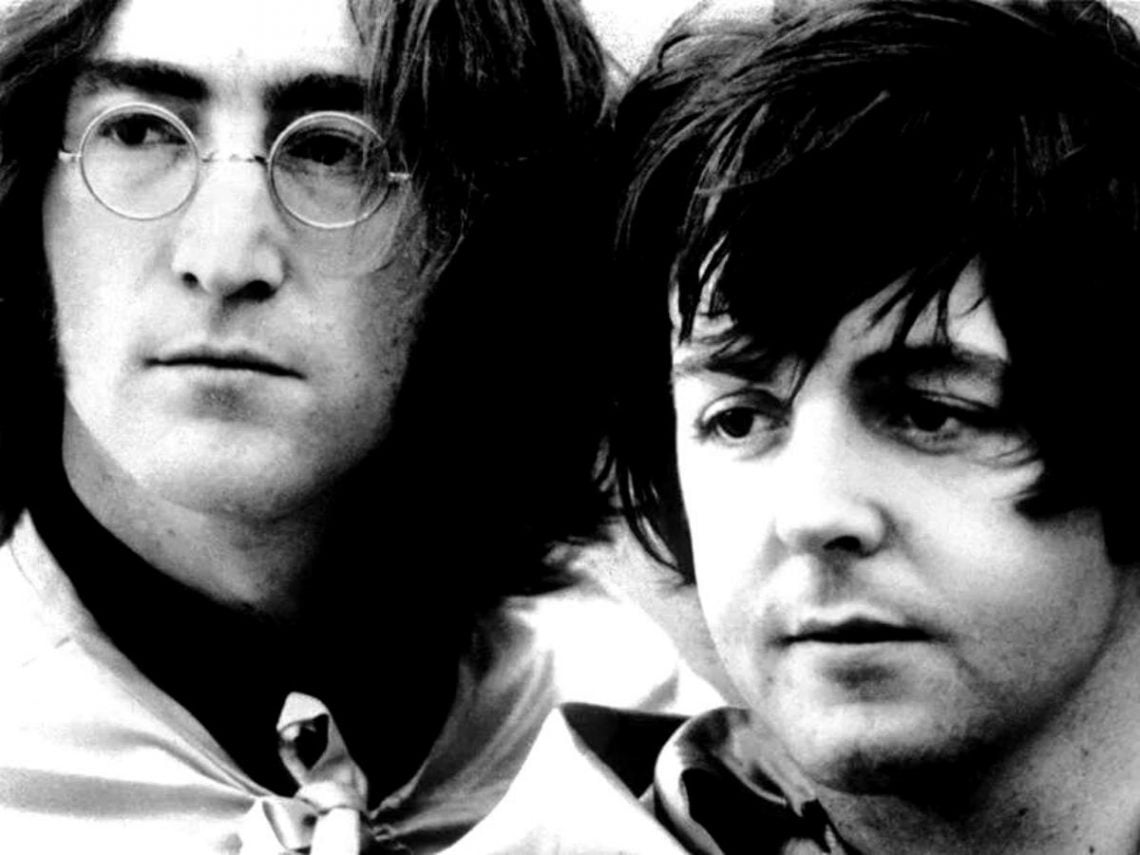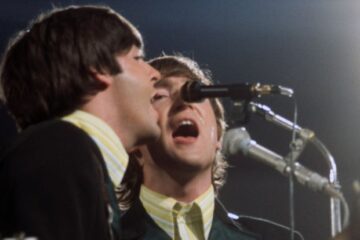“I’m prejudiced, I like my own, you know. [laughs] I like ‘Revolution #9’,” John Lennon explained in an interview discussing his favourite songs from The Beatles‘ oeuvre. The track represents one of the defining moments of Lernnon’s contribution to the group, not only showcasing his unique, if not abstract, lyric-writing abilities but also his devotion to pushing the boundaries of recording techniques.
The experimental track that serves as the penultimate track on The White Album was the most sonically ambitious and nebulous recording that The Beatles ever put their name on. It’s one of the jump-off moments for a whole range of bold and creatively-driven music. However, while George Harrison and Ringo Starr participated in the song’s creation, not every group member universally loved it.
His initial dislike and misunderstanding of the song pushed Paul McCartney to attempt to keep it off the final cut of the 1968 album. But Lennon persisted, and eventually, the sound collage found its way towards the end of the vinyl pressing.
It’s not just one of the group’s most experimental pieces but also one of the longest songs in The Beatles’ catalogue. But, as Lennon himself explained, it could have been much longer: “The slow version of ‘Revolution’ on the album went on and on and on, and I took the fade-out part, which is what they sometimes do with disco records now, and just layered all this stuff over it. It was the basic rhythm of the original ‘Revolution’ going on with some 20 loops we put on, things from the archives of EMI.”
Some of those loops included Lennon and George Harrison whispering the phrase “There ain’t no rule for the company freaks” six times, George Martin saying, “Geoff, put the red light on”, and a loop of Lennon playing the Mellotron backwards. One standout element is the repeated “Number nine” declaration, sourced from examination tapes originally recorded for the Royal Academy of Music and stored at Abbey Road. This phrase surfaces intermittently in the track, subtly fading in and out, serving as a consistent thread in an otherwise tumultuous composition.
When these odd sound clashes are set against the backdrop of Lennon’s numerical obsession, the song can quickly be devalued compared to the rest of The White Album. As such, both Paul McCartney and George Martin tried to dissuade Lennon from including the track on the record. McCartney was out of the country when Lennon and the rest of the group put the collage together. Upon returning to Britain, Lennon played him the finished song and things soon got heated between the pair after the bespectacled Beatle suggested it shouldn’t just be on the album but be a single.
Perhaps the biggest issue for McCartney could have been the involvement of Yoko Ono. With Macca out of the studio, the conceptual artist was in the hot seat next to Lennon and helped to craft the song across three days and nights. In fact, Ono inspired much of the track’s unique sonic landscapes, “I did a few mixes until I got one I liked. Yoko was there for the whole thing and she made decisions about which loops to use. It was somewhat under her influence, I suppose. Once I heard her stuff – not just the screeching and the howling but her sort of word pieces and talking and breathing and all this strange stuff, I thought, My God, I got intrigued, so I wanted to do one. I spent more time on ‘Revolution 9’ than I did on half the songs I ever wrote. It was a montage.”
Of course, in the end, McCartney and George Martin wouldn’t get their way entirely. Though not released as a single, the tune did find its way into the The White Album and has become a part of the group’s legacy. While it is easy to point to the more tuneful side of the Fab Four as the real landmarks of the band’s journey, it should be noted that these moments of stepping over the line and into the avant-garde would keep the group’s artistic dignity.



